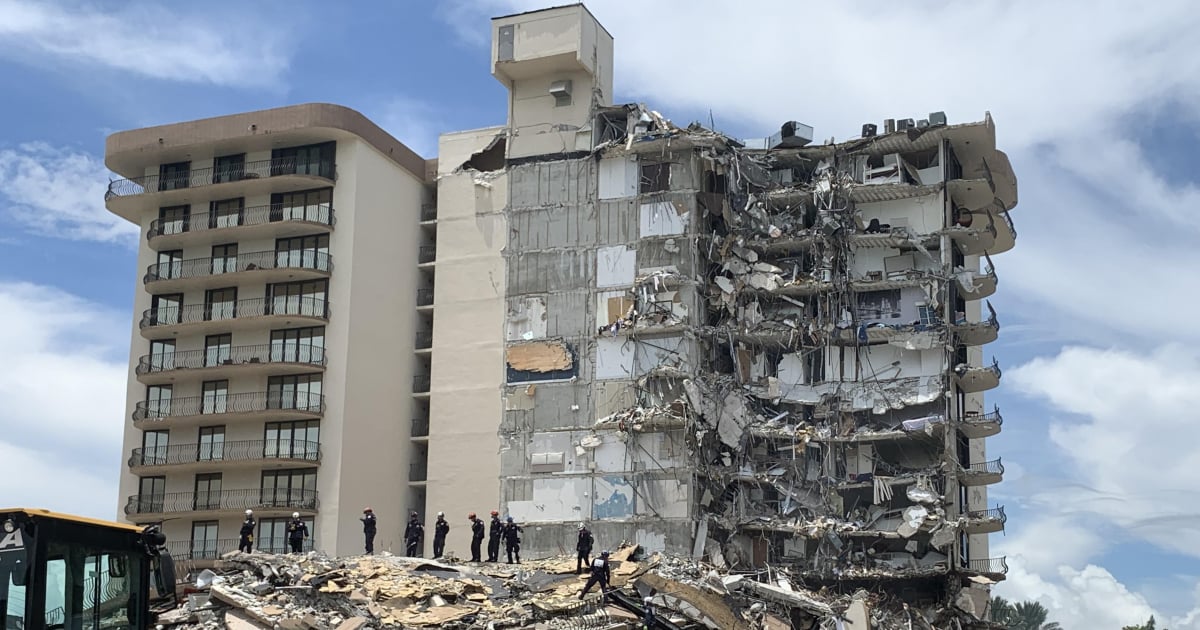The federal report on the deadly collapse of the Champlain Towers South condominium in Surfside in 2021 is slated for release in 2026, a year later than initially projected due to delays in the investigation. The Miami Herald obtained an update published on September 12 by an investigative team from the National Institute of Standards and Technology (NIST), which cited challenges related to testing, document procurement, and witness interviews.
Judith Mitrani-Reiser, the lead investigator, commented, “Unfortunately, we have faced technical and programmatic delays that have forced us to adjust our timeline.” Among the complications, she highlighted the departure of a key member from the geotechnical team and difficulties accessing local government records.
The investigation involves the analysis of concrete samples and critical building connections. To date, over $33 million has been spent on this process, aiming to recreate conditions to simulate the corrosion of steel reinforcements and test their strength.
Pablo Langesfeld, whose son and son-in-law died in the collapse, voiced his frustration over the delays: “We don’t need more hypotheses. We need solid and concrete answers,” he demanded in a recent meeting.
Originally, the preliminary report was scheduled for 2025, but it has been adjusted for a draft release in spring 2026, exactly five years after the tragedy that claimed 98 lives in Surfside, north of Miami Beach.
The investigative team, which includes dozens of engineers and experts, is conducting a comprehensive review of the collapse, including the analysis of more than 1,000 material samples taken from the site.
Glenn Bell, co-leader of the investigation, emphasized the case's complexity and assured that they will continue to work meticulously to provide precise answers and develop recommendations to enhance the safety of other buildings in Miami.
The final report, which will include the opportunity for public comment on the draft, is expected by the end of 2026. Last year, Professor Ken Hover from Cornell University and a member of the federal investigation, stated during the preliminary presentation that failures in the pool deck were "the leading hypothesis" for the cause of the tragedy. The expert denied any evidence of an explosion or an accident in the garage.
Throughout the investigation, experts have interviewed dozens of witnesses, consulted public records, construction manuals from four decades ago, tested building materials from the tower, and built models to test potential structural failures, reported Telemundo 51.
The building, constructed in 1981, had a history of reports regarding structural issues, and three years before its collapse, an engineer had warned of "severe structural damage" in the building.
In 2022, a judge approved a compensation of over $1 billion for the collapse victims and their families.
FAQs on the Surfside Building Collapse Investigation
Below are some frequently asked questions about the ongoing investigation into the Champlain Towers South collapse in Surfside.
Why is the report delayed until 2026?
The delay is due to technical and programmatic challenges, including testing issues, document procurement delays, and the departure of a key geotechnical team member.
What is the primary hypothesis for the collapse?
The leading hypothesis is that failures in the pool deck were the primary cause of the collapse. There is no evidence to suggest an explosion or an accident in the garage.
How much has been spent on the investigation so far?
Over $33 million has already been spent on the investigation, which includes testing building materials and recreating conditions to simulate structural failures.
What compensation has been approved for the victims?
In 2022, a judge approved a compensation of over $1 billion for the victims and their families.
